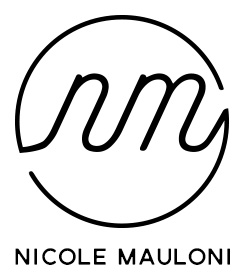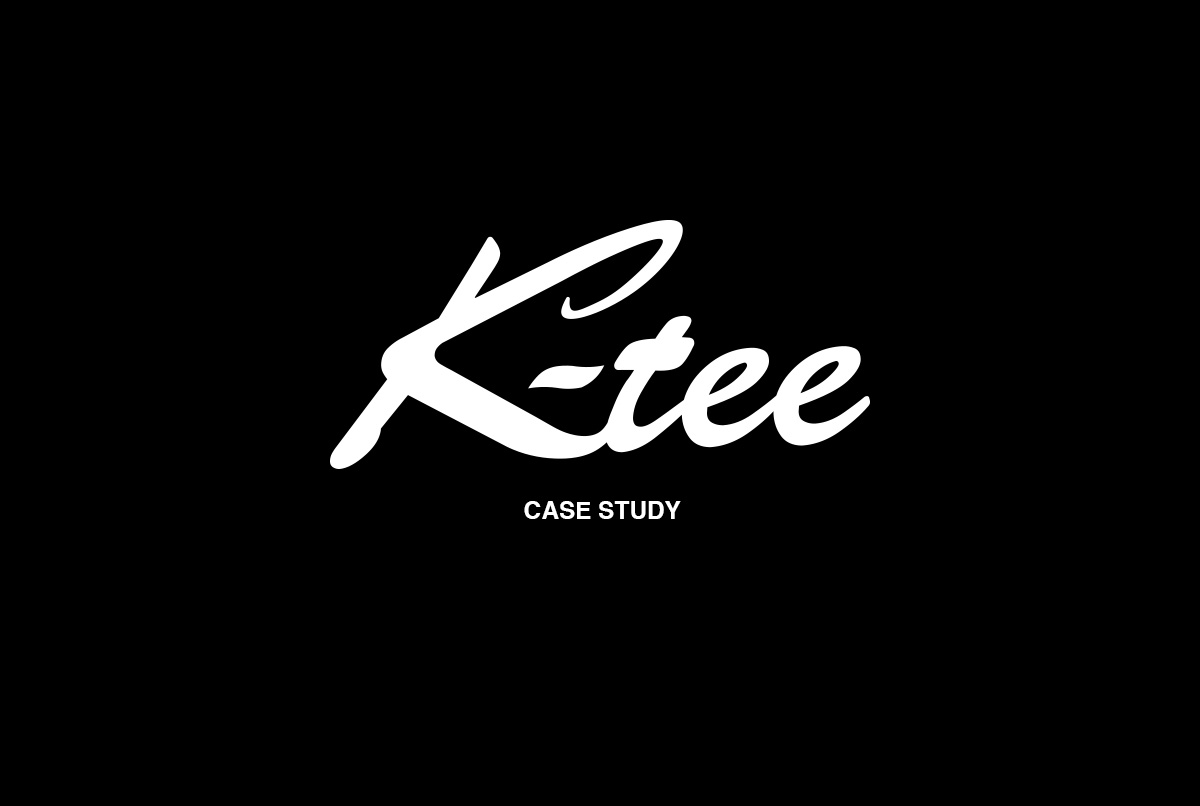Case Study : K-tee Artist Portfolio (small to mid sized website)
British artist Katie Lodge, works primarily in small and medium sized sculptures. She contacted me to redesign her website in order to showcase her work for her first solo exhibition at the CNB gallery in London opening late March 2016. This post is a case study which will show you my scoping process and give you a granular look at the early stages up to starting the design.
The Questionnaire
In order to properly estimate and outline a scope, I needed to uncover the main goals and objectives of the redesign. I sent her a questionnaire (a version of which I send all my clients before starting any project), and asked her several questions about her business and goals for the future.
Here’s a sample of a few questions that were included :
- Describe your business?
- How do people currently find out about you?
- Do you have any close competitors or peers? How do you differ?
- What do you want your new website to accomplish?
- What are your objectives for your new site?
- What aspects of your current site work well and why are they successful?
- Who is coming to your site?
- Outline any features you would ideally like to include in the redesign
I also asked her to include references that she liked visually to help get a sense of the direction she had in mind.
Then, more specific project related questions like:
- When would you be ready to start? (It’s important to include a note to the client here that the start date is only after full content delivery and assets are received. If the content isn’t ready, we are not ready to start the design)
- What is the ideal launch date? Is there a reason for that date?
This is also a good point to get some technical information, like does she have hosting in place (I offer hosting to clients as well if necessary). Is there logo artwork? Are all photography assets ready?
I then have good idea of the key aspects and at the same time, get to know her business better. It is a great process for the client to communicate what is most important to them.
I received her answers, and pulled the key information and functionality requests into a separate document to have on hand for the next steps. She also sent the content and assets over too, so I was able to see what we were working with and check that the photography was high enough resolution (especially if you are working with a retina enabled site, this is important!). Questions tend to arise through this, so we were able to address those and clarify any grey areas.
The Proposal and Timeline
So the next step was to capture the goals, functionality and define a timeline. This provides you the basis for a proposal you can send back to the client to make sure you have interpreted the information correctly and give transparency on the different stages. It is important the client knows when to expect what as well as what is expected of them in terms of feedback time (and how much!).
Writing this kind of document can seem quite a cumbersome task for a creative person. But once you get into it, you realise how important it is and it gives you the opportunity to communicate with your client and make sure they know exactly what they are getting for their money. It also gives you the deliverables you can schedule into a timeline to keep you on track for your deadline.
The other advantage is it in keeping all the communication you have had with the client, through various sources such as email, verbal, questionnaire etc in one central place. Both yourself and the client have this document to refer back to at any time throughout the project.
The proposal is broken up into 4 sections:
1. Outline of Objectives and Website Deliverables
2. Budget Estimate & Extra Features
3. Schedule & Timescales
4. Signature Page
1. Outline of Objectives and Website Deliverables
This section contains the most information. It is a summary of the goals and the functionality you defined in the questionnaire as well as outlining the content on each page of the site. (Depending on the size of the project the site architecture can be more complicated, but in this case, it was pretty straight forward so I was able to include it here).
I also define a deadline for any remaining content to be supplied. We were working to a tight deadline (in order to be live for her exhibition), so it was important we both knew what was necessary to make that happen.
2. Budget Estimate & Extra Features
Through the process so far, we had an amount in mind for the budget. A few of the functionality requests fell outside of the scope, so I itemised those individually so she could prioritise what to include and calculate how much extra that would be.
Don’t forget to include responsive / retina design time in your timeline! I factor in an extra cost if the client wants the opportunity to feedback on this part of the process, otherwise it’s designed using my discretion.
Be sure to think about whether there are any other costs associated with the project, such as purchasing fonts, stock photos, plugins hosting etc and include these too.
I request a deposit upfront so this is also communicated (I had indicated that in the primarily discussions so it didn’t come as a surprise).
3. Schedule & Timescales
This section hows the timeline broken down into dates for delivery and feedback. This is the place to highlight to the client that any delays on their feedback could change the timeline.
4. Signature Page
Include a signature page at the end with the date, printed name, and signature.
Being a first draft, chances are there will be changes to this document, so in the email I send with the proposal I ask to hold off signing until all the details are confirmed.
Finalise the Proposal and Contract
There is usually a bit of back and forth with finalising the outline. In this instance, I had itemised extra functionality the client asked for that weren’t included in the scope (as we had established a budget already), and she choose to include some of these items. I made additional notes to the document and updated the cost and deposit invoice.
Once that’s done, you send a copy back to the client for their signature to acknowledge they are happy and it’s time to start the fun part – the design!
I’ll be talking about my design process in a future post. You can sign up to my email list in the box on the left.
Testimonial from K-tee
‘It has been a very reassuring experience from start to end with Nicole building this website for me, I was reluctant at first to spend the money but Nicole made me feel assured and safe in the knowledge that I was in good hands, once I had received a questionnaire from her outlining everything I wanted and then my first quick look at her ideas I was very certain I would get what I wanted and more.
Nicole hasn’t disappointed at any point and would highly recommend her services to anyone else.’
———
Catch K-tee’s show ‘Bittersweet’ on now at the CNB gallery in London. She has also teamed up with the award-winning chef Tom Kerridge to produce a limited edition set of grenades made out of chocolate.

